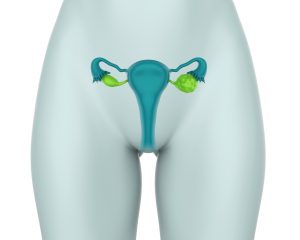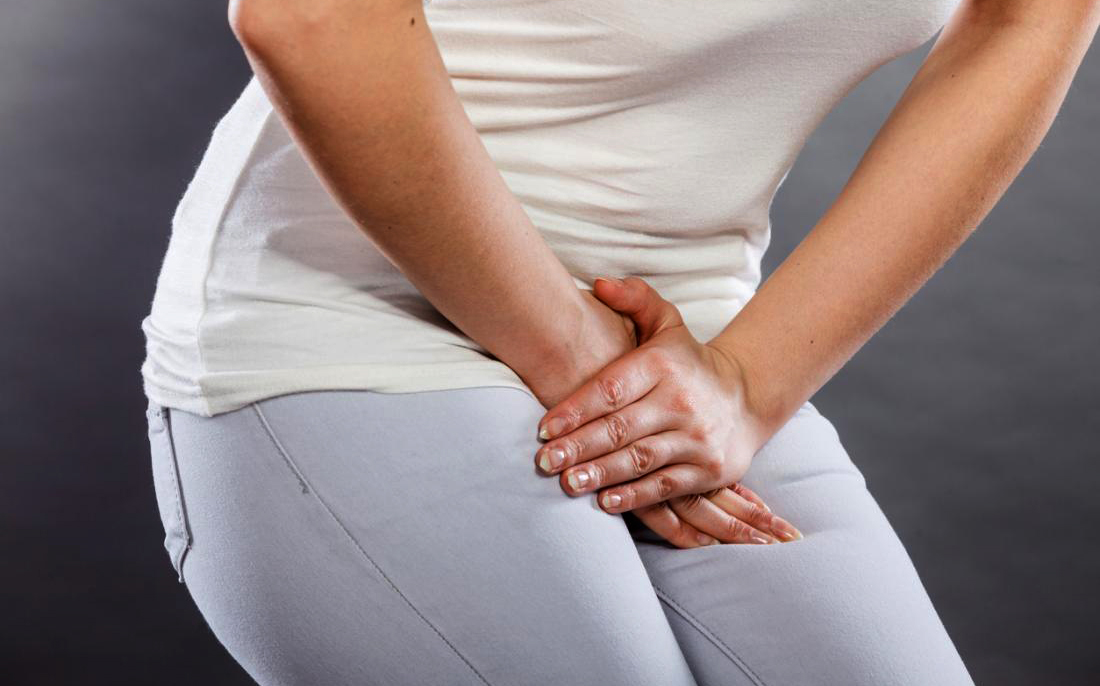A uterine polyp is a tumor or excrescence that protrudes into the uterine cavity, to which it is attached through a stem or pedicle. The endometrial polyp (the endometrium is the layer that lines the inside of the uterine cavity) itself, is covered with epithelium and formed by a variable amount of stroma, glands and blood vessels. Although they usually appear in the light of the uterus, sometimes they are located in the neck of the uterus or in the vagina. Its presence has been described in ages between 12 and 81 years, although the most frequent section of appearance is between 40 and 65 years of age. They are extremely rare among teenagers. Among the polyps that produce symptoms, the prevalence increases with age, and appears to be higher in premenopausal women than in postmenopausal women.
They are the most common benign pathology in women with abnormal uterine bleeding or infertility, these being two of the main symptoms they produce. They can be of different sizes (from a few millimeters to several centimeters). Some polyps are very small and do not influence fertility, but others can make it difficult to transfer the sperm, as well as the implantation of the embryo.
There are a number of factors that can increase the risk of developing uterine polyps:
- Estrogens: high levels of these female sex hormones in the blood increase the risk of developing endometrial polyps. Estrogens are produced mainly by the ovaries and, to a lesser extent, by the adrenal glands. During pregnancy, the placenta also has the ability to synthesize them.
- Tamoxifen: it is a drug of proven efficacy used in the treatment of breast cancer. Between 2-36% of postmenopausal women treated with this drug can develop uterine polyps.
- Hormonal treatments in postmenopausal women.
- Age: the older, the greater the risk.
- Obesity and arterial hypertension: although some authors consider that they are risk factors to develop uterine polyps, the latest studies seem to conclude that, in isolation, they can not be considered risk factors for the appearance of them.
Some not very common diseases, such as Lynch syndrome or Cowden syndrome, are associated with an increased risk of developing endometrial polyps.
When uterine polyps produce symptoms, their most frequent manifestations are:
Abnormal uterine bleeding: this process, frequently described by patients as vaginal bleeding, is the most common symptom and occurs in 64-88% of women with polyps.
Uterine hemorrhage can manifest itself in different ways:
Menorrhagia: menstrual periods too abundant.
Metrorrhagia: bleeding not related to menstruation. Generally, the volume of bleeding is usually not very large. It is the most frequent symptom in premenopausal women with endometrial polyps, being also a very common form of presentation in postmenopausal women.
Vaginal bleeding after having sex.
Once the uterine polyp is diagnosed, the treatment of choice is surgical, either by curettage or uterine scraping or, better still, by hysteroscopic resection, which allows the removal of the polyp in a more controlled manner. Hysterectomy (removal of the entire uterus) may be an alternative in perimenopausal women when microscopic analysis of the polyps suggests a risk of malignancy.
It is very complicated to establish preventive measures against the appearance of uterine polyps, since it is not known what their causes are. Therefore, it is essential that the woman perform periodic check-ups with her gynecologist for the early detection of this problem.
Always take care of your health with a unique and efficient service. Visit Pharmamedic.







